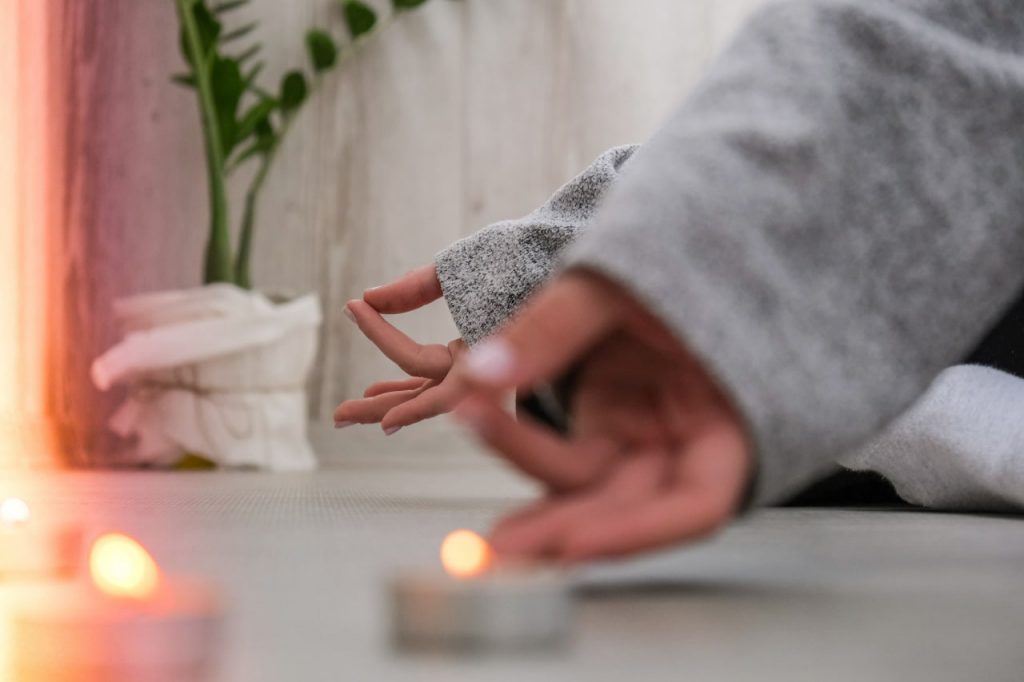We often think of healing as something active — workouts, therapy sessions, healthy meals. But one of the most transformative kinds of healing happens when we do… almost nothing. In the quiet space between dusk and dreams, our bodies and minds are wired to restore themselves. The only thing required? Slowness.
The Nervous System’s Invitation
During the day, our sympathetic nervous system — responsible for action and stress — runs the show. But come evening, the parasympathetic system wants to take over. This is the mode of rest, digestion, and repair. Yet if we fill our nights with stimulation and screens, we block that natural shift. Rituals of slowness — dim lights, warm baths, breathwork — gently reopen the door.
From Restless to Rested
Have you ever gone to bed physically exhausted but mentally racing? That’s the cost of skipping the transition. Slow evening rituals give our brains a chance to “close the tabs” of the day. Even five minutes of journaling or mindful stretching signals to the mind: you’re safe, you can stop thinking now.
Slowness Is a Skill
Just like running or cooking, slowing down is a skill that can be learned. It requires patience, practice, and permission. But over time, it becomes second nature — a rhythm your body begins to crave and create on its own.
This kind of slowness is not about being lazy or doing less. It’s about choosing quality over quantity, presence over productivity, and ritual over routine.
Evenings are not the leftovers of the day — they are sacred space. And when you protect that space with slowness, you give your whole life room to breathe.

